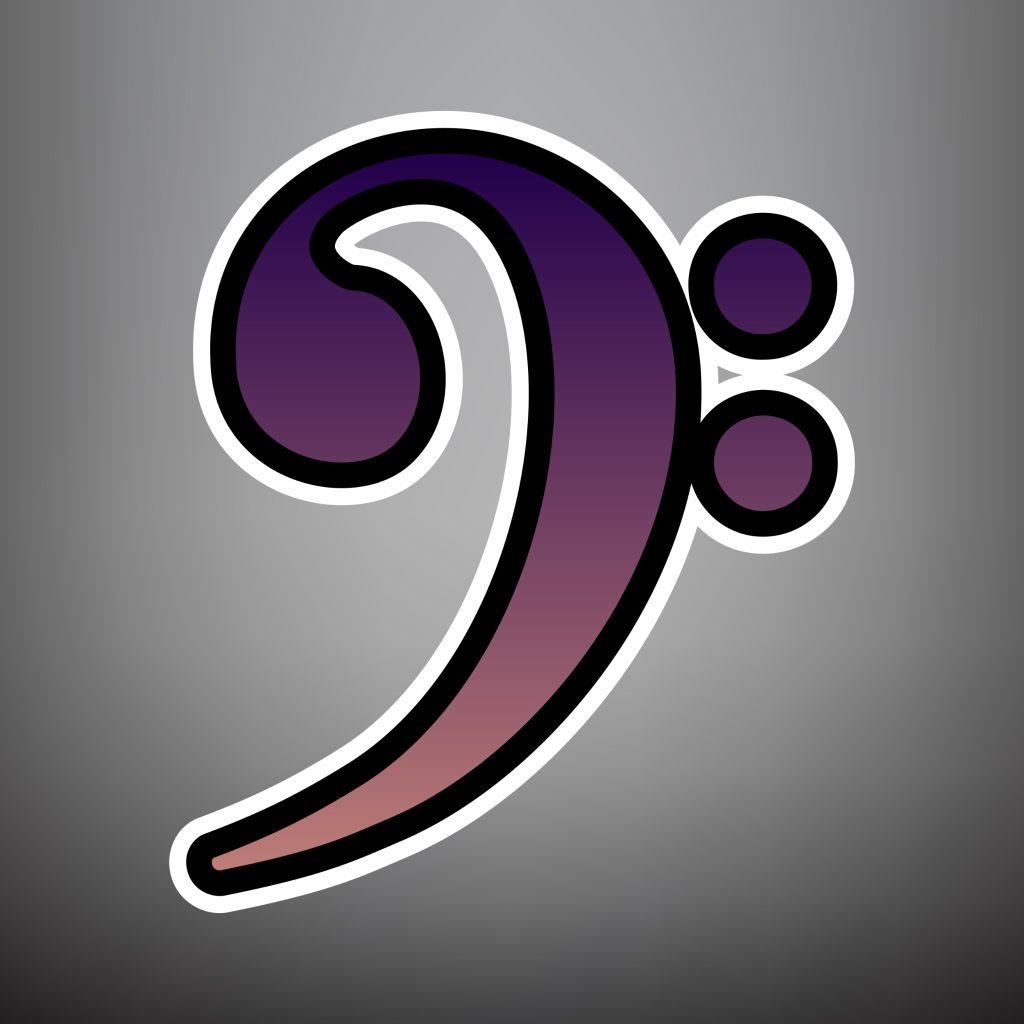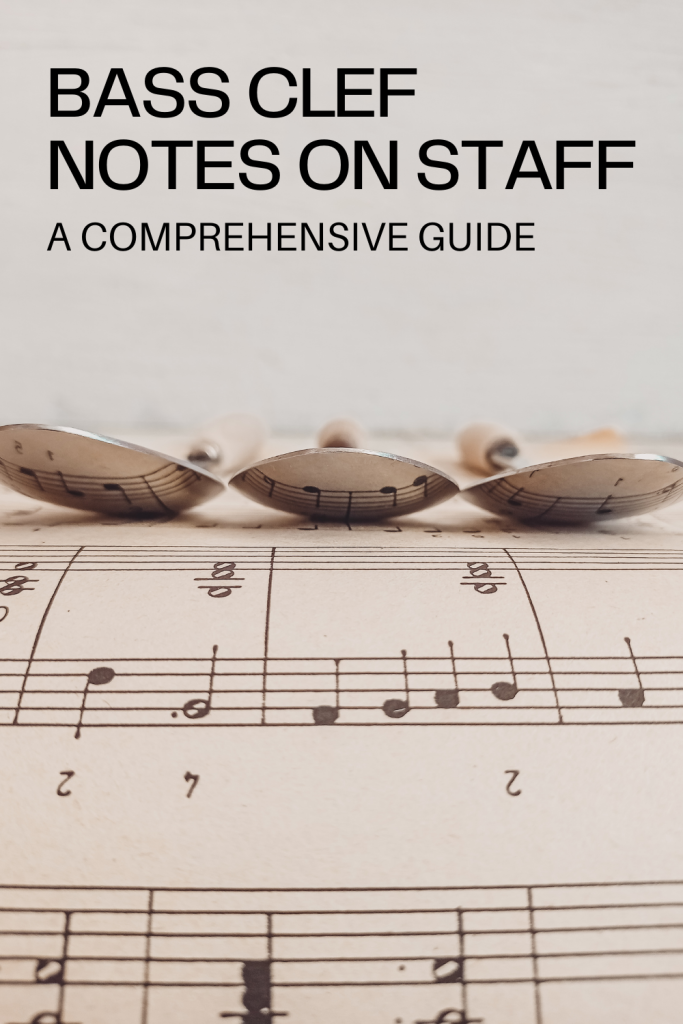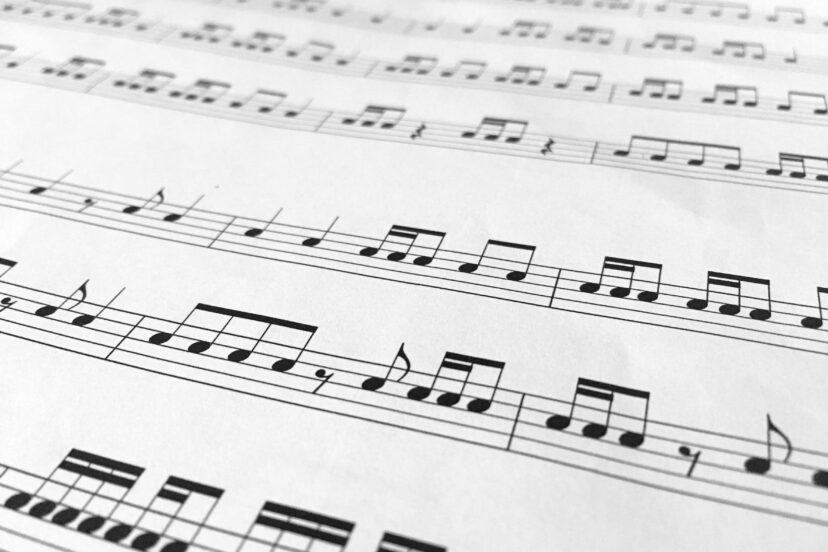Bass Clef Notes on Staff: A Comprehensive Guide
Ever wondered about the different lines and symbols on a music sheet? Let’s get into it the bass clef notes on staff, the one crucial element which forms the heart of lower-pitched instruments. I’ve found that understanding the bass clef is like unlocking a new language—one that allows you to translate and express musical ideas effectively.
What is the Bass Clef?
The bass clef, also known as the F clef, is a fundamental symbol in music notation that indicates the pitch of written notes. It is called the F clef because its symbol has two dots surrounding the line that represents the note F below middle C (F2 on the piano). This is the fourth line from the bottom of the staff when the bass clef is used. The bass clef is primarily used for instruments that have lower registers, such as the bass guitar, double bass, bassoon, trombone, and tuba, as well as for the lower parts of the piano, harp, and others.
The staff lines in the bass clef, from bottom to top, represent the notes G, B, D, F, and A. The spaces correspond to the notes A, C, E, and G. This clef is essential for reading and writing music for lower-pitched instruments, enabling musicians to understand and communicate musical ideas effectively. It serves as a guide for performers, indicating exactly which notes to play and their pitch relative to each other within the context of the music.
In ensemble settings, the bass clef provides the harmonic foundation, outlining the chordal structure and rhythm that support the melodic lines played by higher-pitched instruments. Understanding and reading the bass clef is crucial for performers, composers, and arrangers working with a wide range of musical genres and ensembles.
The Origin of Bass Clef
Our modern bass clef has an interesting history. Its roots trace back to the system of Gregorian Chants, where the “F” line was marked with a special character. Over time, this character morphed into the modern bass clef symbol we’re familiar with today.
The Importance of Bass Clef in Music
The bass clef, also known as the F clef, plays a crucial role in the world of music, serving as the primary notation system for lower-pitched instruments and voices. Its importance is manifold, touching on aspects of musical performance, composition, and education.
1. Harmonic Foundation: The bass clef is essential for reading and writing music that provides the harmonic foundation of most ensemble and solo pieces. Instruments like the bass guitar, cello, tuba, and piano left-hand parts use the bass clef to read music that underpins melodies, offering depth and richness to the musical texture.
2. Range Representation: It allows composers and arrangers to write for instruments in their natural playing range without the excessive use of ledger lines, which can make music difficult to read. This clef efficiently represents the lower half of the audible spectrum, where many crucial musical parts are played.
3. Musical Education: For learners, the bass clef is a fundamental aspect of music theory and literacy. Understanding it is essential for players of lower-range instruments and for pianists, as piano music typically requires reading both the bass and treble clefs simultaneously.
4. Versatility in Composition: The bass clef is not limited to instruments traditionally considered to be in the bass range. Composers might use it to write lower parts for instruments that usually read the treble clef, like the trombone or bassoon, depending on the musical context. This versatility is crucial for orchestration and arrangements in various genres.
5. Ensemble Balance and Texture: In ensemble settings, the bass clef parts often carry the bassline, which is pivotal for maintaining rhythmic stability and harmonic progression. The interaction between bass clef and treble clef parts is fundamental to the overall balance and texture of the music, highlighting its role in achieving a cohesive sound.
Overall, the bass clef is indispensable in music for its role in anchoring the harmonic framework, facilitating clear notation for lower ranges, and contributing to the educational foundation of musicians. Its use across a wide array of musical genres and settings underscores its importance in the creation, performance, and understanding of music.
The Role of Bass Clef in Music Notation
In music notation, the bass clef is essential for showing how low-pitched notes are played. Instruments that play in the lower register, like the bass guitar or double bass, often have their music written in the bass clef.
Why Musicians Should Learn the Bass Clef
Learning the bass clef is a must for anyone seriously considering music. It not only expands your repertoire but also enhances your understanding of musical structures.

Identifying Bass Clef Notes on Staff
Mastering the bass clef notes on the staff is like learning the ABCs—it’s a basic skill that you’ll use over and over again.
The Fundamental Structure of the Bass Clef Staff
The bass clef staff consists of five horizontal lines and four spaces. Each line and space represents a different note. The notes on the lines, from bottom to top, are G, B, D, F, A. The notes in the spaces are A, C, E, G.
A Step-by-Step Guide to Reading Bass Clef Notes
Identify the bass clef symbol at the beginning of the staff. Start from the bottom line. Remember, that’s the note G. Move upwards line by line, space by space, and note each one.
Recall the mnemonic: Good Boys Do Fine Always for lines and All Cows Eat Grass for spaces. I promise, it’s a real game-changer!
Practical Tips to Master Bass Clef Notes
Now, how about some handy tips to become a bass clef note-reading maestro?
Practicing Bass Clef Reading Skills
Practice is the key to success. Regularly devote time to reading bass clef music. Start with simple pieces and progressively move to more complex compositions.

Handy Tools for Learning Bass Clef
Music Notation Software
I strongly recommend using music notation software like MuseScore or Finale. These tools can significantly boost your note-reading skills. They allow you to compose, practice, and even play along with your own compositions.
Mobile Apps for Bass Clef Practice
In this age of smartphones, learning has never been easier. Apps like Tenuto or Read Music can provide fun and interactive ways to master the bass clef on-the-go.
Frequently Asked Questions
1. Is the bass clef only for bass instruments?
No, the bass clef is not exclusive to bass instruments. It’s used in music for any lower-pitched instruments like the cello, tuba, or trombone, and also for the left hand in piano music.
2. Can a piece of music include both the treble and bass clefs?
Absolutely! Piano music often includes both, with the right hand part written in treble clef and the left hand part in bass clef.
3. What’s the easiest way to remember bass clef notes?
Mnemonics work great. For lines, remember ‘Good Boys Do Fine Always’ (G, B, D, F, A), and for spaces, it’s ‘All Cows Eat Grass’ (A, C, E, G).
4. What is the main difference between bass and treble clef notes?
The main difference lies in their range. The bass clef represents lower pitches, while the treble clef represents higher ones.
5. Is it necessary to learn the bass clef?
If you’re serious about music, learning the bass clef is important. It will expand your ability to understand and play a wider range of music.
Wrapping Up: The Journey of Understanding the Bass Clef
Understanding the bass clef is an essential step in your musical journey. The beauty of music lies in its diversity, the various pitches, rhythms, and harmonies all working together to create something wonderful. By mastering the bass clef, you get a ticket to participate in this marvelous musical world. All about that bass!




